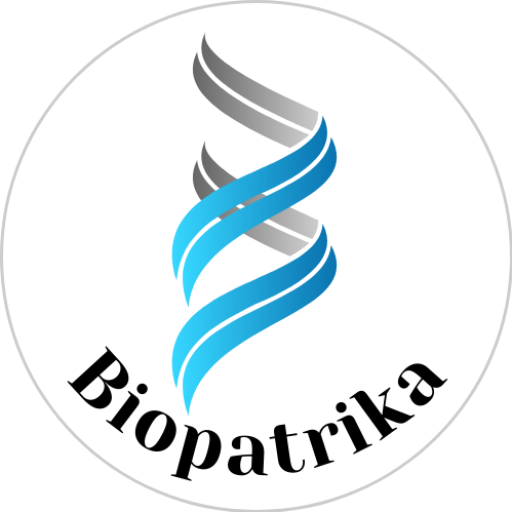Date: October 2025
Source: U.S. FDA Press Release
In a major step toward improving transparency and efficiency in drug regulation, the U.S. Food and Drug Administration (FDA) has publicly released internal filing checklists used by its Center for Drug Evaluation and Research (CDER).
These checklists, previously used internally to assess the completeness of New Drug Applications (NDAs) and Biologics License Applications (BLAs), are now accessible to sponsors and the public. The move aims to reduce procedural oversights that often lead to costly refuse-to-file (RTF) actions and delay life-saving therapies from reaching patients.
💬 A Move Toward Greater Transparency
“Drug applications should not be derailed or delayed by preventable procedural oversights,” said FDA Commissioner Marty Makary, M.D., M.P.H.
He emphasized that sharing CDER’s filing checklists is a “common-sense step” toward simplifying and demystifying the FDA’s regulatory process.
By making the CDER filing criteria visible, the agency hopes to help sponsors self-assess their submissions before filing — saving both time and resources.
📋 Why Filing Checklists Matter
When a sponsor submits a new drug or biologics application, FDA reviewers go through a preliminary filing period. During this stage, experts from multiple review disciplines — including chemistry, clinical, nonclinical, and regulatory teams — use detailed checklists to determine whether an application is complete and reviewable.
If minor deficiencies are found, sponsors can typically address them quickly.
However, significant deficiencies may result in the FDA issuing a Refuse to File (RTF) notice, requiring the sponsor to resubmit and restarting the review clock.
Over the past decade, more than 200 applications have received RTF notifications, with average delays of 426 days before re-submission — a major bottleneck for innovative treatments.
⚙️ How the Checklists Improve the Process
The newly released checklists, found in CDER’s MAPP 6025.4 – Good Review Practices: Refuse to File, cover multiple review disciplines and help ensure consistent evaluation across submissions.
According to George Tidmarsh, M.D., Ph.D., Director of CDER, “Releasing these checklists to the public helps ensure transparent, accurate, and complete communication between the FDA and sponsors. We expect that this will increase efficiency by eliminating preventable RTF actions.”
These tools complement earlier guidance published in MAPP 5200.14 Rev. 1, which provided similar resources for Abbreviated New Drug Applications (ANDAs).
🌎 Implications for Drug Developers
For the biopharmaceutical community, this move represents a proactive shift toward collaborative regulation.
By having access to the same checklists used internally by FDA reviewers, sponsors can:
- Identify potential gaps before submission
- Minimize the risk of RTF notices
- Reduce overall drug development timelines
- Streamline communication with FDA review teams
However, the agency notes that these checklists are not exhaustive and that final filing decisions rest with FDA reviewers based on scientific and regulatory standards.
⚠️ Context: Review Continuity Amid Government Shutdown
At the time of the announcement, the FDA noted that while it can continue reviewing previously submitted applications, it cannot accept or begin new, fee-paying applications until congressional approval ends the government shutdown.
This context underscores the importance of efficient submissions and avoiding procedural rejections, especially when administrative operations face delays.
📚 Reference Documents
- MAPP 6025.4: Good Review Practices: Refuse to File
- MAPP 5200.14 Rev. 1: Filing Review Procedures for ANDAs
- FDA News Release: FDA Publishes Filing Checklists to Prevent Submission Delays
🧾 FAQs
1. What is an FDA “Refuse to File” (RTF) action?
An RTF occurs when the FDA determines that a submitted application is incomplete or lacks critical data required for review. The sponsor must correct deficiencies and resubmit the application.
2. How will public filing checklists help drug developers?
By reviewing FDA’s checklists before submission, developers can proactively address gaps, reducing the risk of RTF notifications and review delays.
3. Are the checklists legally binding?
No. They are guidance tools, not comprehensive or binding criteria. FDA reviewers retain discretion based on regulatory and scientific standards.
4. Where can I find the FDA’s filing checklists?
They are published under CDER’s MAPP 6025.4 and available on the FDA’s official website.
🧭 Takeaway
The public release of FDA’s CDER filing checklists marks a step forward in regulatory transparency and efficiency.
For drug developers, it offers a clear roadmap to prepare stronger, more complete applications — ultimately helping bring innovative treatments to patients faster.
Explore more
🎤 Career – Real career stories and job profiles of life science professionals. Discover current opportunities for students and researchers.
💼 Jobs – The latest job openings and internship alerts across academia and industry.
🛠️ Services – Regulatory support, patent filing assistance, and career consulting services.




